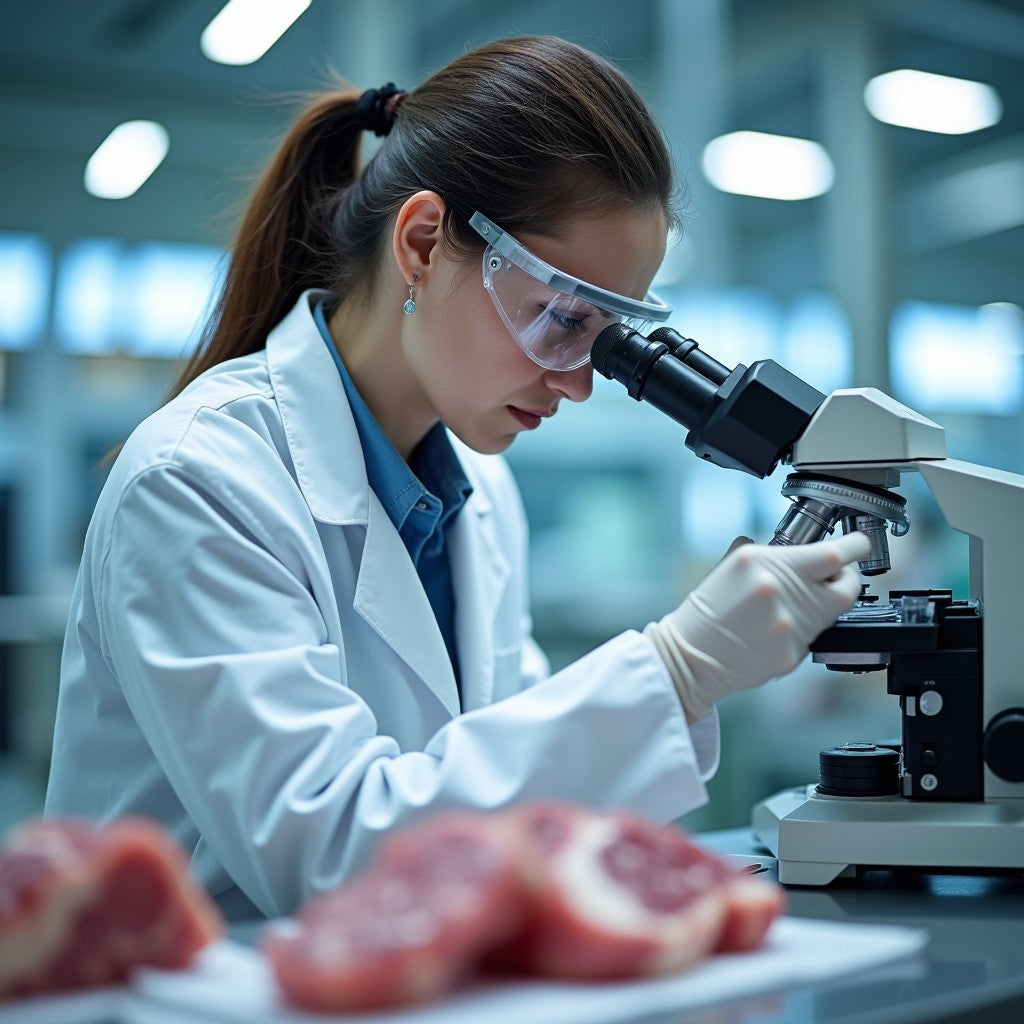
Food Microbiology: The Keepers of Safe Snacks
Share
Have you ever opened your fridge, pulled out that tub of yogurt, and wondered, “How does this stay fresh and tasty?” What if I told you that scientists were working behind the scenes to ensure your snacks are safe and delicious? These scientists are food microbiologists, the guardians of our food supply. Welcome to the fascinating world of food microbiology.
The Role of Food Microbiologists
So, what exactly do these food superheroes do? Food microbiologists have several key roles that are vital to our everyday lives. Ensuring food safety is at the top of their list. They identify and control harmful bacteria that can cause foodborne illnesses, like salmonella and E. coli, which means they're constantly on the lookout for anything that could make us sick. Picture them as detectives, armed with microscopes and Petri dishes, hunting down microbial culprits before they have a chance to spoil our meals.
Food microbiologists also help to develop preservation methods. Ever wondered how that canned soup in your pantry can stay edible for months? It’s all thanks to food microbiologists. They develop methods to keep food fresh for longer periods, employing techniques like pasteurization and canning. These methods not only extend the shelf life of foods but also maintain their nutritional value and taste, ensuring that even our emergency rations are both safe and palatable.
Food microbiologists improve fermented foods. Fermentation is an age-old process that transforms ordinary ingredients into extraordinary foods. Think of yogurt, kimchi, and sourdough bread—all products of fermentation. Food microbiologists work to enhance these processes, ensuring that the flavors are just right and that the foods are safe to eat. Their expertise turns simple ingredients into culinary delights, making them the unsung heroes of our taste buds.
Education and Salary
Becoming a food microbiologist takes dedication and education. Most future microbiologists start with a bachelor's degree in food science, microbiology, biotechnology, or biochemistry. For mid-level positions, two to five years of relevant experience may be required. Advanced positions may demand even more extensive experience, including supervisory or managerial roles.
The salary for a food microbiologist can vary depending on factors like location, experience, and education level. On average, food microbiologists in the United States earn around $66,737 per year. However, salaries can range from $58,019 to $75,144 per year. In some high-demand areas, or with advanced degrees and experience, salaries can go even higher, with top earners making up to $109,000 annually.
A Career in Food Microbiology: Is it for You?
If you love science and have a knack for solving problems, food microbiology might be your calling. It’s not just about the science; it’s about combining science with the art of culinary creation. You get to play a crucial role in ensuring that our food is safe and delicious.
You might be wondering what types of skills will you need to succeed in this field. First and foremost, a strong foundation in biology and chemistry is essential. Understanding how microorganisms interact with food and how chemical processes affect food safety and preservation is key. Analytical skills are also crucial; food microbiologists must be able to analyze data, identify patterns to solve problems, and develop new methods necessary for food safety.
Attention to detail is another important skill. When it comes to food safety, even the smallest oversight can have big consequences. Food microbiologists must be meticulous in their work, whether they're conducting experiments or documenting their findings.
Communication skills are also vital. Whether you're writing reports, presenting research, or working with a team, being able to clearly and effectively convey information is crucial.
The next time you grab a snack, remember the food microbiologists who make sure it’s not just tasty but safe to eat. Whether you're a middle-schooler dreaming of a future in science, or a teen considering your college major, the world of food microbiology offers exciting possibilities that go beyond the kitchen and into the realm of essential, life-saving science.
Additional Information:
Kasalo, Blanka. “A Day in the Life of a Food Microbiologist: An Exploration for Students in Food Safety Training.” AAPS, 2021. https://www.aaps.ca/blog/a-day-in-the-life-of-a-food-microbiologist-an-exploration-for-students-in-food-safety-training. Accessed 11 Nov. 2024.
Barrangou, R., and Hill, C. “Todd R. Klaenhammer, an Inspirational Food Microbiologist Who Leaves a Lasting Legacy.” Proceedings of the National Academy of Sciences 118, no. 22 (May 19, 2021): e2107754118. https://doi.org/10.1073/pnas.2107754118.
Bestaccreditedcolleges.org. “Food Microbiologist: Job Description, Duties and Requirements.” 2022. https://bestaccreditedcolleges.org/articles/food-microbiologist-job-description-duties-and-requirements.html. Accessed 11 Nov. 2024.